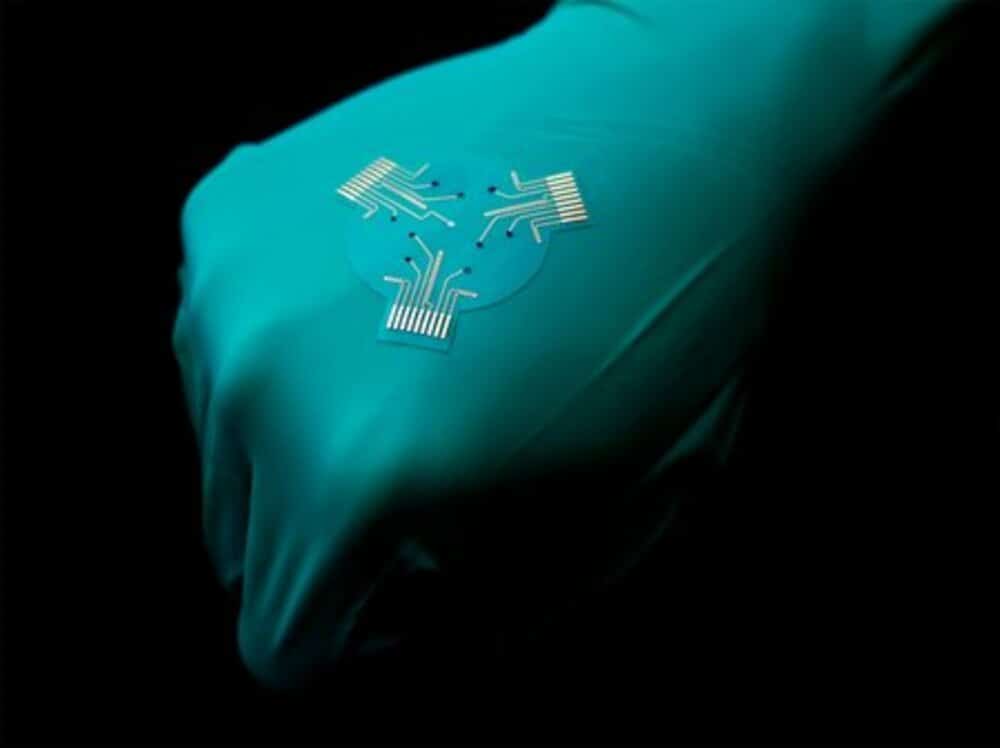On Thursday a colleague and I were invited to attend Europe’s largest Open Public Iftar in Trafalgar Square by the Aziz Foundation. Thousands of people attended. For those that don’t know, Iftar is the fast-breaking meal at the end of every day during Ramadan, when fasting occurs from dawn to dusk. It’s a spiritual tradition of millions of Muslims around the world and it was shared with anyone, Muslim or not, in Trafalgar Square. It was not only in Trafalgar Square that this happened, but in homes of Muslims around the UK and elsewhere throughout the whole period of Ramadan.
Ramadan is a time for giving and reflection for Muslims. It is a time for self-discipline and to think of those less fortunate (though children, pregnant women, elderly people and those who are ill or travelling are not obliged to fast). It is even good for your health allowing the body to regain a certain equilibrium and similar dietary regimes are advised by many health practitioners today (keto diet, intermittent fasting etc.)
But back to Trafalgar Square. What strikes me is that such an event can happen in London, in the UK, in one of the most iconic places in the city with the approval and agreement of the public authorities. It shows a real welcoming of other faiths into the fabric of British society. God knows (if I may use that expression), and no doubt He does, there is much to be fixed in British society – though one enormous positive is that this festival could happen in a public place celebrated by all who wish to attend.
It says something for the British spirit of understanding and tolerance, that we do not have to be rigid in our approach to religion. That we can welcome all religions and that people of all religions are British. There’s nothing but positive about that.
In contrast, I cannot imagine a Big Iftar being held in Place de la Concorde or, heaven forbid, La Bastille. Shock and horror! “We are being overrun by foreign hoards” would, I imagine, be the gut reaction whilst the intellectual one is that “separation of Church and State requires a strict divide where nothing religious can even fractionally impose in the public space”. For me, whilst I have no problem with the principle of separation of Church and State, I do have a problem with the extreme application of that principle where the non-religious dogma of secularism is imposed on others with a rather equivalent vehement determination that would, in religious terms, be attributed to a fanatic.
I have only to look at some fairly recent French Court decisions that enforced the removal of religious statues on public ground, even when the majority of the townspeople wanted the statue to remain.
To forbid the encroachment of religion into the public space to such a degree is to me just as fanatical as trying to enforce an overpowering religious law on everyone in a society. The non-religion of secularity becomes fascist.
But again, back to Trafalgar Square. I for one was happy, and also very touched, to see a group of ladies in headscarves close to me in a small group saying prayers together as Iftar approached. I saw kindness on their faces and a rather beautiful expectation of their faith.
I was glad that it was arranged for prayer mats to be laid down in the Square so that men could prostrate themselves before their God. I might not be a Muslim, but they are certainly not doing me any harm – to the contrary they helping the world in many ways through their charitable activities – and who am I to say how they should practice their faith? And why should I be bothered? Of course, I am not, though some who are rather more small-minded could find all manner of reasons to grumble.
One of these could be that speakers at the event included the Mayor of Westminster and the Lord Mayor of London – both are Muslims. At that, I hear grumblings again of ‘being taken over’. But they are British and have every right to stand for public office. And the vast majority of their fellow counsellors and political colleagues to who they are accountable are not at all Muslim and from many other faiths and none – so I don’t think that argument holds any water either.
I am glad that we have a vibrant interfaith society in the UK. Of course, there are issues, but what exists is already a vital building block of understanding and inclusivity which speaks well of the UK approach to religion. It also shows in that the new King himself has publicly announced he is Defender of Faith (not the Faith i.e.one faith). We also see other minority religious festivals celebrated in a similar way to the Big Iftar. For example, not so long ago the Hindu festival of Divali, the festival of lights, was also celebrated in Trafalgar Square. Most people are of good faith, religious or not. Look for the nay-sayers where there are problems. They are likely the ones generating conflicts.












